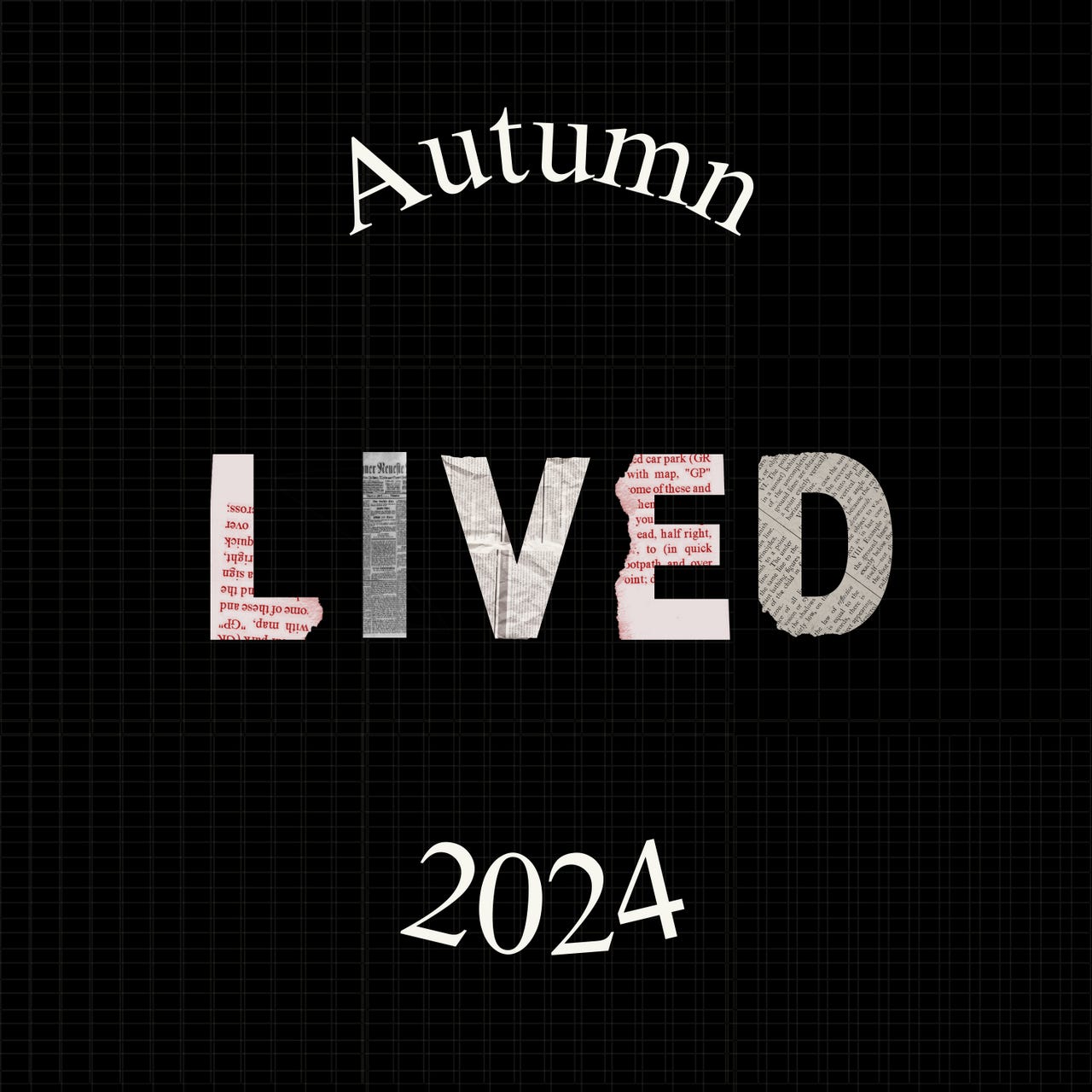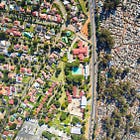Since restarting this past summer, One:Twelve has published 65 pieces. 35 of these are from past 1:12 Issues and 30 are original from this semester’s editors. Of these 30, 16 are written pieces, 10 are interviews, 2 are podcast episodes, 1 is a call for opinions, and 1 a gift guide. On Instagram and Substack, we’ve gathered 175 followers and 90 subscribers, respectively. 84% of these readers live in Ohio, 4% live in California, 4% in New York, 1% Kansas, and 1% Missouri.
For a publication that deals (mostly) with words, it may be ironic that I start with some numbers. Certainly, they show how many people we’ve reached, where we’ve reached them, and how many works we’ve created. But other than quantify our growth, the numbers don’t say much. The success, growth, determination and enthusiasm of the team should be, I believe, expressed in words, which is what I aim to do here.
This semester, we asked writers and readers to ponder on the Lived; What makes an environment Lived? What do we make of our Lived experiences? What are the ramifications of our, ultimately, long-Lived designs?
And each of One:Twelve’s writers answered these questions differently. Some of us understood “lived” in a more colloquial sense by taking a look at what has lived through our environments. Lucas Blair critically examined Ohio State’s inconsistent relationship with its architectural past. The piece sees the Lived parts of any historic environment—ornament, clock faces, arches, turrets— as something to embrace and restore rather than remove and forget. And Simon Bell, although from a different discipline, took a similar look at his hometown of Cleveland, and saw its history as something to examine while looking ahead. “The city still has the bones of a great American city,” he writes, “and its trajectory over the past decade or so suggest that its worst days are behind it.”
Some of us understood Lived as a privilege— a quality of our environments that only some of us can possess. Zach Curry brought to light how our spaces can divide, control, and stratify us all across the world in South Africa, Ireland, and Palestine. These case studies are well-known and historic, but when Ohio’s Issue 1 failed in November, Curry reminded us that we need not look far nor back to see the consequences of our design and planning choices: “Without redistricting reform,” he writes, “the future of democracy risks becoming increasingly polarized and unrepresentative.”
But some of us have taken the Lived and positioned it within our own pedagogical factions here at Knowlton. Lived, for Anne Regrut’s “The Problem with Foam” is a way for us to think more critically and mindfully of the impact that our materials have on our designs, and for our environments as a whole. The popular material for design models, as Regrut makes explicitly clear, will be long (long) Lived: “500 years to break down completely.” For the Cleveland Urban Design Collaborative’s (CUDC) Terry Schwarz, the sustainability and long-term implications of our designs isn’t something that we should face in the moment: it’s through asking these questions of ourselves: “It’s a long-standing way of teaching architecture: the things you need to know to be a good designer are inside of yourself rather than all around you.” And through Knowlton’s last Baumer Lecture of the semester, Ish Gad examines the Dredge Research Collaborative’s approach to the wicked problem of coastal land development, which is unconventional, collaborative, and transdisciplinary— an approach not foreign to One:Twelve’s.
And through our pieces from past 1:12 issues, we find further answers (and questions) on how to approach our Lived environments. Whether it be Wesley Cogan’s (2014) basis of the DRC’s talk, which similarly questions our conventional issues to coastal control, or the CRP grad program’s “Diamonds in the Rust” publication (2012), we see large scale issues still being addressed and explored, but through a different lens. When considering the wicked problem closer to home, within Knowlton’s stairwells, Alex Oetzel (2018) provides a unique take on spatial autonomy: “Whether you are surveying the pocketed land of a space rock, pirating on the open seas, or digging into the water line near your home and flooding the neighborhood, you can be sure to be tip-toeing on a fine line (imagined or lawful) of what is yours and what is mine.”
We’d like to thank the faculty that have supported us this semester, our advisor Curtis Roth for his advice, our sponsors for their generous support, and our readers for making our words into our work.
When we release our new theme for the spring semester, we invite you to, not forget the word, but find the overlap—the intersectionality—with the Lived and your recent, earliest, or childhood…
See you soon,
Sam and the One:Twelve team.

Time and Change: How Ohio State squandered (and continues to mishandle) its architectural landmarks

















